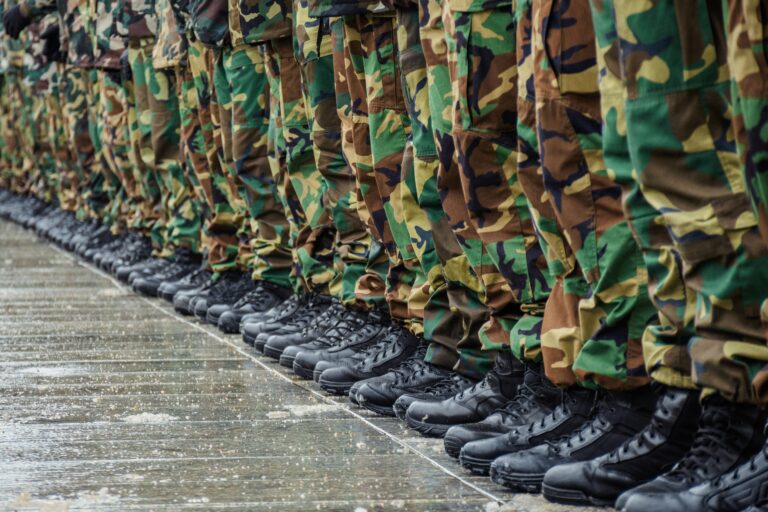
Hybrid CoE Working Paper 33: State, non-state or chimera? The rise and fall of the Wagner Group and recommendations for countering Russia’s employment of complex proxy networks
Read ›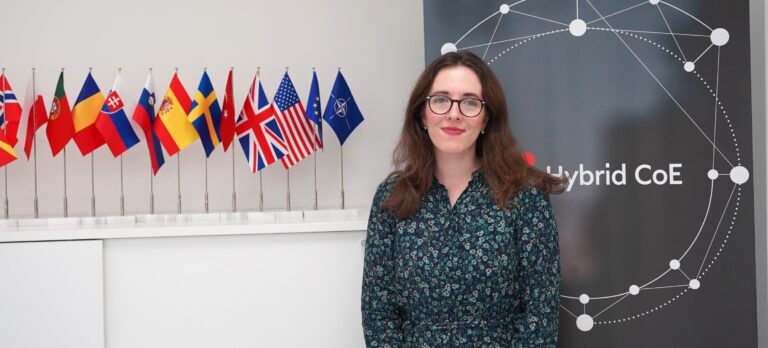
Martha Turnbull appointed Director of Community of Interest on Hybrid Influence
Read ›
Hybrid CoE Research Report 12: Countering hybrid threats to elections: From updating legislation to establishing collaboration networks
Read ›
Hybrid CoE Working Paper 29: Cause for concern: The continuing success and impact of Kremlin disinformation campaigns
Read ›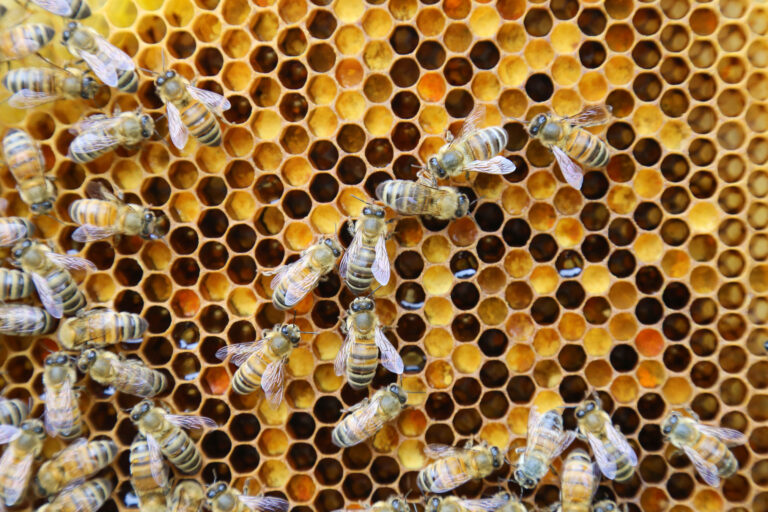
Hybrid CoE Research Report 11: How Ukraine fights Russian disinformation: Beehive vs mammoth
Read ›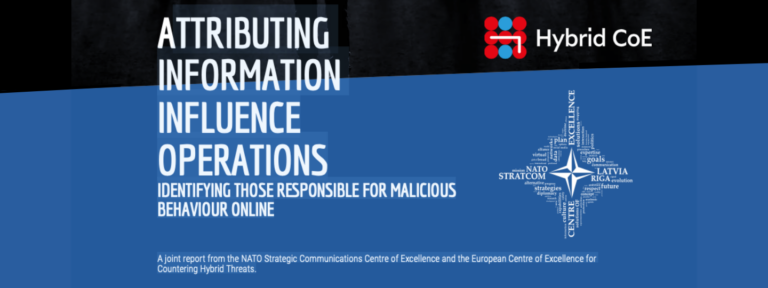
Attribution of information influence operations is broken – this is how to fix it, suggests a new publication by NATO StratCom COE and Hybrid CoE
Read ›
Hybrid CoE Paper 12: Deterring hybrid threats: Towards a fifth wave of deterrence theory and practice
Read ›
Hybrid CoE Working Paper 13: The Kremlin’s messaging on Ukraine: Authorities and “media” hand in hand
Read ›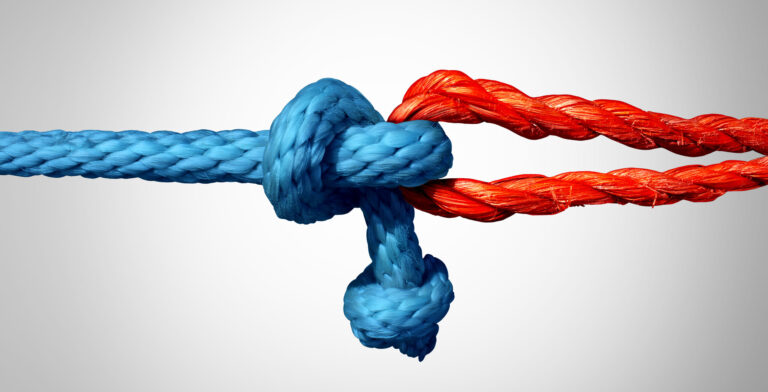


Hybrid CoE Research Report 2: Effective state practices against disinformation: Four country case studies
Read ›

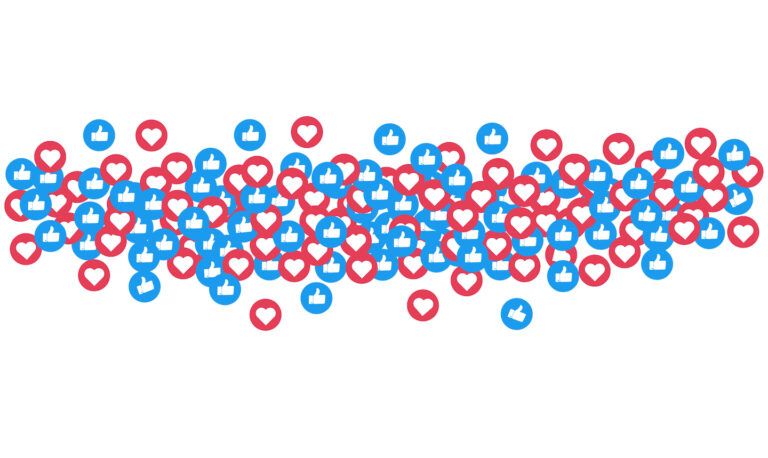
Hybrid CoE Paper 5: Improving cooperation with social media companies to counter electoral interference
Read ›
Hybrid CoE Strategic Analysis 15: How states use non-state actors. A modus operandi for covert state subversion and malign networks
Read ›

